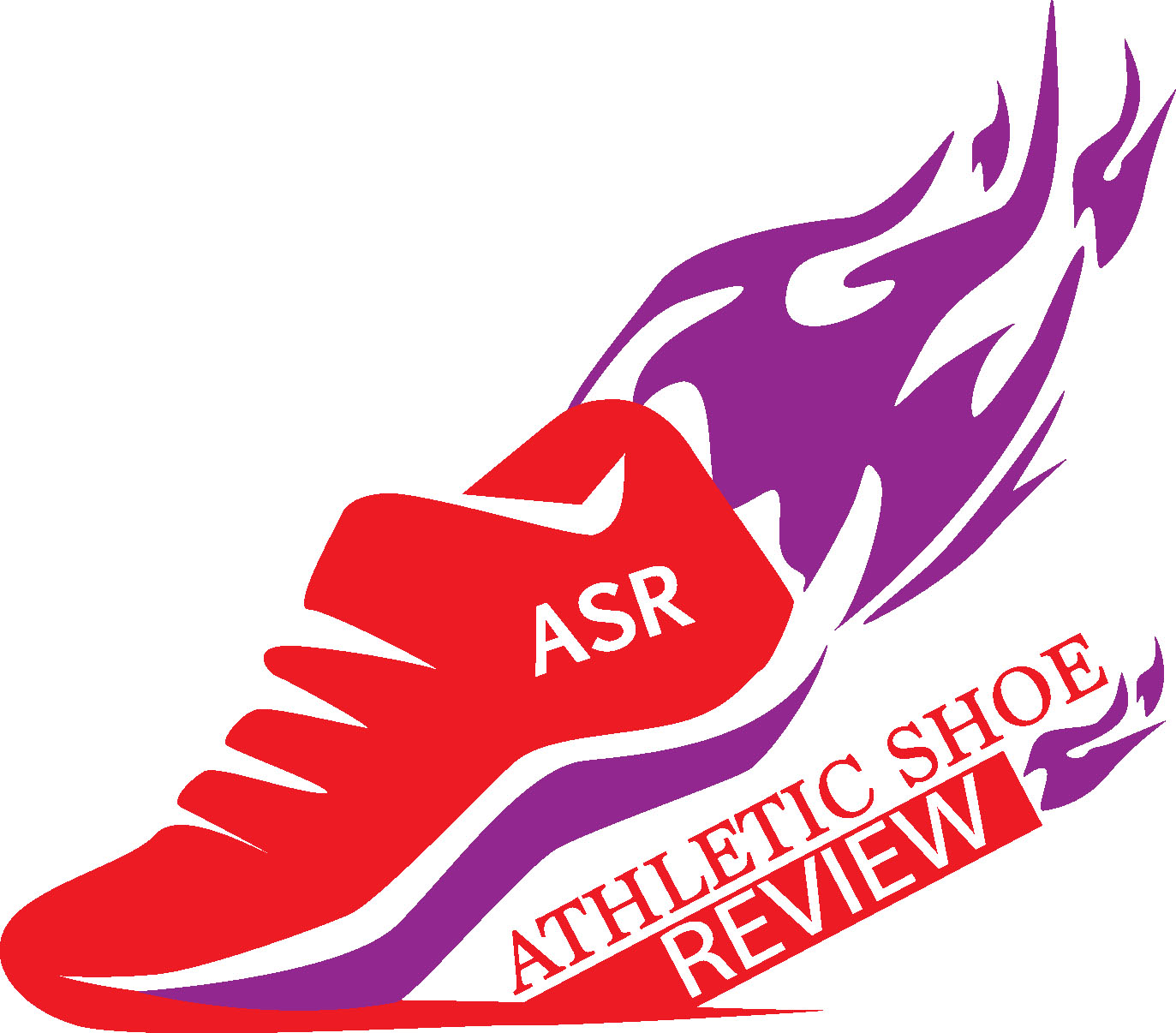

A Rundown of Running Shoes
Running is one of the most popular
forms of exercise. Just take a look
at your local park or even up and down your neighborhood streets and you will
most likely see someone running or jogging by at some point in the day. It can be done in most
environments, alone or socially, and it’s an easy form of exercise to
participate in since it requires very little equipment.
Probably the most important equipment needed for running is proper running shoes. These shoes are flexible and offer more cushioning than other types of shoes to withstand the impact of running. They have to absorb the shock of three or more times your body weight each time your foot strikes the ground. They are also durable and the soles are designed to provide traction whether you run on pavement, dirt, or a track.
Running shoes are made of breathable materials since your feet usually sweat more when you are active. Many models feature reflective materials so that you can be seen if running at night.
Wearing proper running shoes is important to prevent foot and ankle injuries, or even knee, back, or hip problems. They can also improve your performance by helping you maintain proper technique and by providing comfort throughout your workout. You’re not going to run very far if your shoes aren’t comfortable!

Types of Running Shoes
There are generally three types of running shoes, based on differences in your feet. The type of shoe you need depends on the type of foot you have – pronated, supinated, or neutral.
The different shoe types help compensate for the differences in foot types by providing the proper amount of cushioning, stability, and support in the right areas of your foot.
Motion control shoes help if you have pronated feet, which means they rotate inward. This type of shoe is more rigid and has a wider sole to prevent the excessive rotation.
Cushioning shoes help with the opposite foot type – one that tends to rotate outward. The cushioning helps absorb the shock on the outside of the foot for those who have higher arches.
Neutral or stability shoes are best for people who have neutral feet, meaning they do not roll inward or outward. The cushioning and stability support a natural running motion.
Buying Running Shoes
How long your running shoes will last depends on several factors – your weight, the age of your shoes, your running technique, your typical running surface, shoe size, and the type of shoe you wear. More details about these factors can be found here.
If you're in the market for new shoes, try to avoid these common mistakes that people make when buying:
- Buying for looks or fashion – fit and feel are more important!
- Buying shoes that are too small or tight
- Shopping at the wrong time of day
- Assuming you know your shoe size
For more details about avoiding these mistakes and finding the right shoe for you, see Choosing the Right Shoes.

If you’re concerned about the expense of running shoes, but you don’t want to sacrifice a brand name or premium materials, you may be able to find last year’s models at about half the price of the newest ones. Try searching the Internet for the brand you are interested in to see if there are similar, older models available.
For more tips about finding discount athletic shoes, see this article.
Cross Country Shoes
If you're looking for information about shoes specifically for running cross country, see this article.
